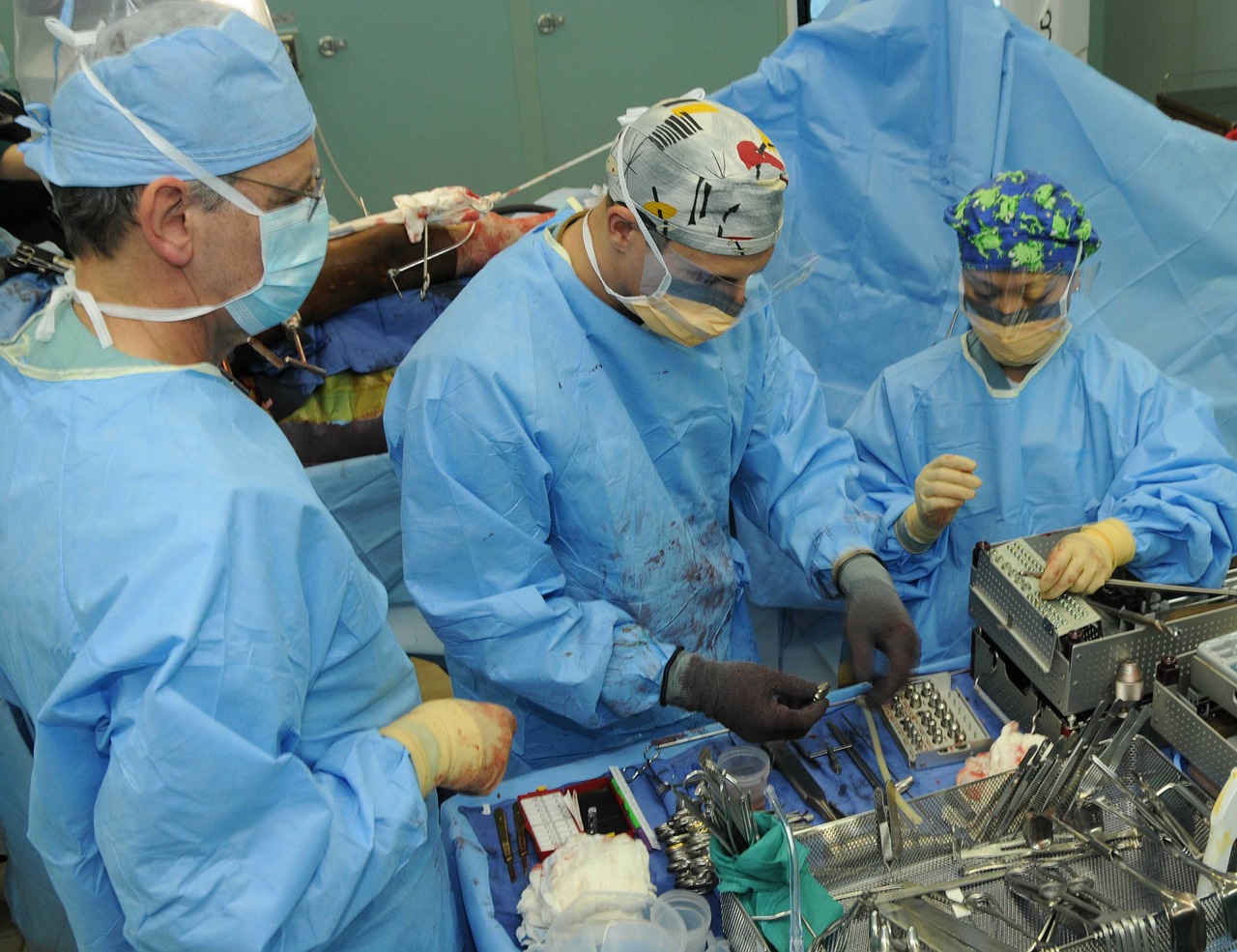By Kaitlyn Schaeffer
Twenty-three million Americans suffer from chronic kidney disease, and of these, 615,000 have reached end stage renal failure. More than 100,000 patients are waiting for a deceased organ transplant; however, based on recent UNOS data, only 16,000 of them can expect to receive a donor kidney.
The current organ shortage means those on waiting lists will have to wait longer than expected, and longer waits correlate with an increased risk of death. In 2013, 4,476 patients passed away waiting for a kidney transplant.
Dr. Elisa Gordon, a researcher and Associate Professor at Northwestern University’s Feinberg School of Medicine, believes that living donation could help solve this problem. Not only would an increase in living donors contribute to the longevity of the transplant recipients, it would also save the government billions. UNOS data indicate that patients who receive kidneys from living donors “generally live longer lives” than those who receive kidneys from deceased donors or who only receive dialysis treatments. Further, while the most common treatment for kidney disease – hemodialysis – costs around $87,945 per patient per year, transplantation costs $32,922 per patient per year; in 2011, Medicare spent $24.3 billion on hemodialysis, and $2.9 billion on transplantation.
Dr. Gordon argues that the reason living donation is not very popular is because it is relatively unknown. Her research has found that the general public has misconceptions about living donation, and many people don’t realize that they can live with only one kidney. But this lack of information is not simply due to ignorance; Dr. Gordon has reason to suspect that the federal agency charged with overseeing organ donation, the Health Resources and Services Administration, has “taken a stand to not promote” live organ donation.
While the HRSA has refused to promote research grants “that raise awareness of live kidney donation,” they have done so with good grounds. Researchers studying the long-term risks to living kidney donors have found that these donors “have a higher lifetime risk of end-stage kidney disease,” and many of them turn out to need kidney transplants themselves. But this need not constitute a reason for discouraging live donations, Dr. Gordon contends. While the science in this area has been rigorous, its focus has been narrow. Future research should focus on “how living donors fare by ethnicity, age, and gender.”
Dr. Gordon believes that as long as living donors are adequately informed of the risks associated with the process, there is no reason not to promote living donation.
Read the full article here.







